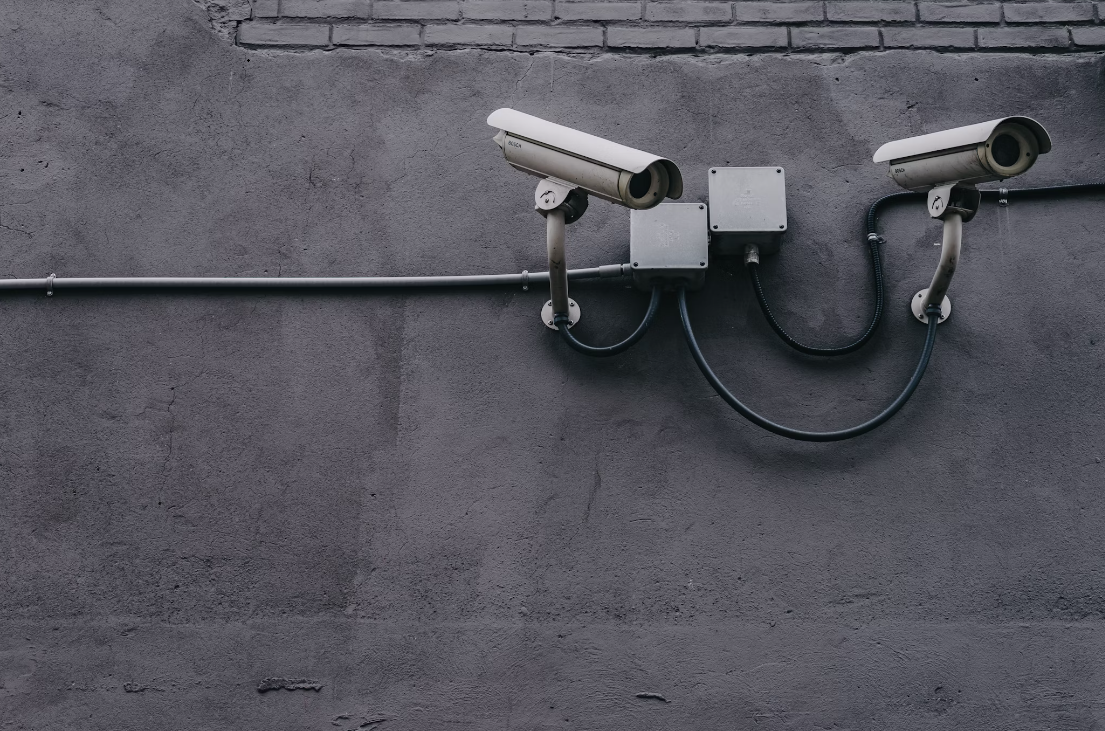- 2024-07-31
How to secure your AWS Account

I know AWS can be extremely interesting at times, but also kinda boring at other times...so in light of that being said, I want to make this post a little more entertaining and memorable.
It is vital to protect your sensitive data within your AWS account, so securing it is essential to prevent unauthorized access, avoid financial losses, ensure compliance and maintain trust and service integrity.
Here is a guide to securing your AWS account:
1. Masked Ball with MFA
Step: Enable Multi-Factor Authentication (MFA) on your AWS account to add an extra layer of security.
Remember: Think of MFA as your special mask at a VIP event-only those with the mask can enter!
How-To: Go to IAM > Security Credentials > Add MFA device.
2. Role Play Party
Step: Create IAM roles and assign specific policies to control who can access your resources and what they can do.
Remember: Everyone at the party (users/services) needs a role (costume) and a list of approved activities (permissions).
How-To: Go to IAM > Roles > Create role and attach the necessary policies.
3. Spy Network with CloudTrail
Step: Set up AWS CloudTrail to log all activities and API calls within your account.
Remember: CloudTrail acts as your spy network, keeping you informed about every move.
How-To: Go to CloudTrail > Create trail and configure it to log management events.
4. Alarm Party with CloudWatch
Step: Use Amazon CloudWatch to set up alarms for critical metrics and events.
Remember: CloudWatch alarms are like security bells that ring when something unusual happens.
How-To: Go to CloudWatch > Alarms > Create alarm and set up notifications for key metrics.
5. Password Strength Bootcamp
Step: Regularly update and strengthen your passwords, and rotate access keys.
Remember: Think of passwords as tough bootcamp trainees-strong and regularly refreshed.
How-To: Go to IAM > Users > Security Credentials to manage and rotate passwords and access keys.
6. Encryption Vault of Secrets
Step: Enable encryption for your data at rest and in transit using AWS services.
Remember: Encryption is like locking your secrets in a vault-only those with the key can access them.
How-To: Enable encryption options in services like S3 and EBS, and use AWS KMS for key management.
7. Security Moat and Drawbridge
Step: Configure security groups and network ACLs to control network access to your resources.
Remember: Your security groups and ACLs are the moat and drawbridge that control who can get in.
How-To: Go to EC2 > Security Groups and VPC > Network ACLs to set rules and access controls.
8. Compliance Dance with AWS Config
Step: Use AWS Config to monitor and enforce compliance with your security policies.
Remember: AWS Config ensures everyone is dancing (configuring resources) according to the rules.
How-To: Go to AWS Config > Settings to enable recording and monitoring of resource configurations.
9. Console Access VIP List
Step: Secure access to the AWS Management Console with strong passwords and MFA.
Remember: Only VIPs (verified users) with the right credentials get past the bouncers.
How-To: Go to IAM > Users > Security Credentials to enforce strong password policies and MFA.
10. Patch Party Frenzy
Step: Regularly update your operating systems and applications with the latest security patches.
Remember: Keep everything up-to-date to stay in the latest trends (and out of trouble).
How-To: Apply updates regularly to your EC2 instances and managed services to ensure they are patched.
By following these steps with these vivid, easy-to-remember analogies, securing your AWS account will feel like a well-organized event! If you need clarification, please reach out to Mission Oaks Web Designs and we can help you.